CMM Optometrist Sdn Bhd
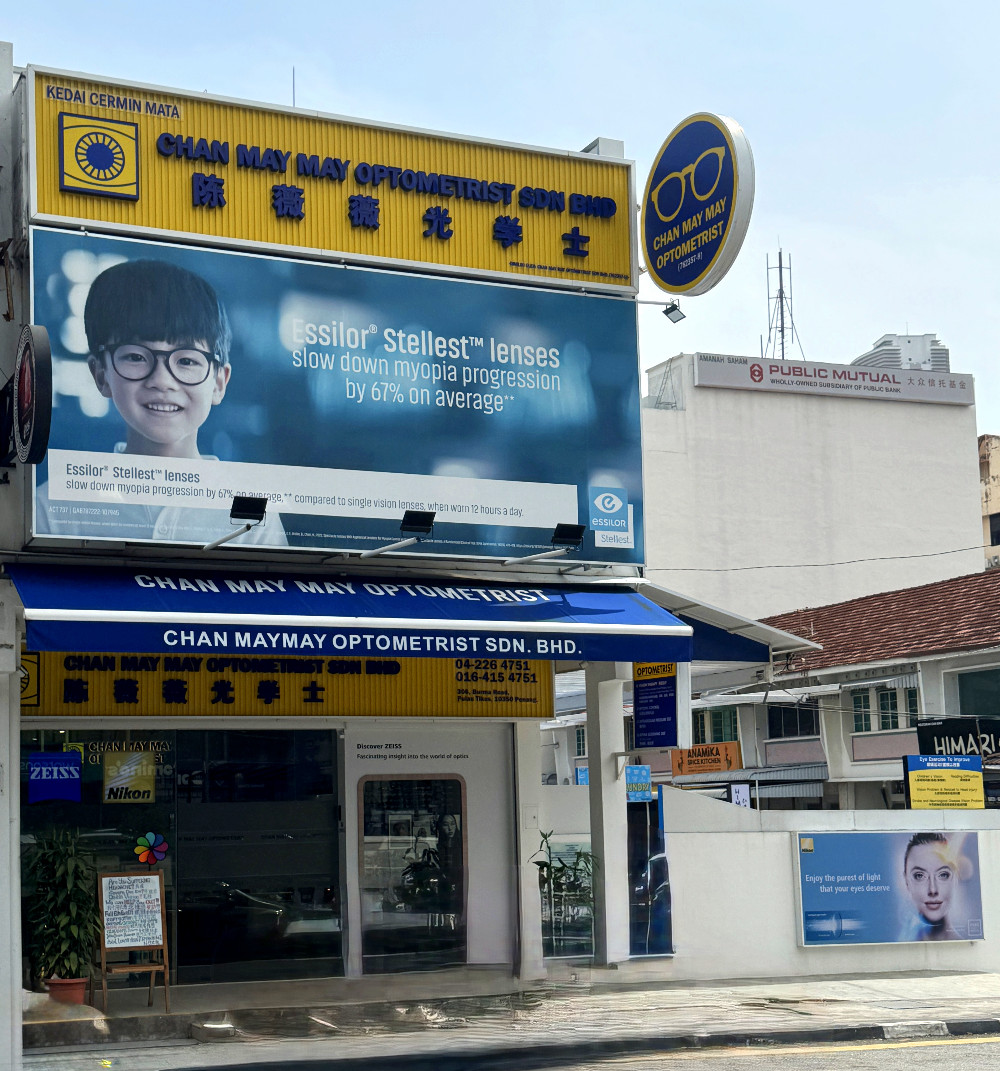
Since opening our first store at One Stop Midlands in 1996, Chan May May Optometrist Sdn Bhd has been committed to providing high-quality eye care services to the community.
In 2007, we relocated our store to 306 Burma Road to better serve our customers with a more convenient location and comfortable environment.
In 2021, we opened our CMM Optometrist branch in Bayan Lepas, aiming to extend our professional services to a wider population.
CMM Optometrist is an optical store dedicated to eye health. We understand the importance of eye health and have introduced a variety of advanced diagnostic instruments to comprehensively assess our customers' eye conditions and provide personalized solutions. Additionally, we offer a wide selection of high-quality lens brands to meet the diverse needs of our customers.
With over 30 years of experience in myopia control, we have accumulated extensive clinical data, from rigid contact lenses to myopia control lenses, helping countless customers effectively manage myopia progression.
As times evolve, we have noticed the increasing impact of environmental factors and medication use on eye health.
For example:
- Double vision caused by neurological issues (e.g., cranial nerve palsy)
- Reading difficulties (e.g., convergence insufficiency and accommodation issues)
- Binocular vision problems (e.g., exotropia and esotropia)
Through Vision Therapy and Light Therapy, we have achieved significant results in improving vision.
Therefore, our team continuously learns the latest medical technologies and research findings, actively applying Vision Therapy and Light Therapy in clinical practice to provide more comprehensive and effective treatment options for those with vision impairment.
Chan May May Optometrist Sdn Bhd has always adhered to the philosophy of "Protecting Vision with Professionalism", dedicated to providing the highest quality eye care services to every customer. We believe that through our expertise and spirit of continuous innovation, we can help more people achieve clear, healthy vision and enjoy a better quality of life.

Team Members
陈薇薇
OPTOMETRIST
Optometry B.Sc (Hons)
City University (London)
Behavioural Optometrist Accredited member of BABO (UK)
Accreditation in Neuro-Optometic Care ACBO (Australia)
骆婉琳
OPTOMETRIST
BOptom (Hons)
MCOptom
GOC 01-44841
University Of Anglia Ruskin Cambridge UK
杨舒琪
OPTOMETRIST
B.Optometry (Hons)
SEGI University
方麒淞
OPTOMETRIST
B.Optometry (Hons)
UKM
OPTOMETRIST
B.Optometry (Hons)
National Institute Of Ophthalmic Sciences
(Bits Pilani, India)
OPTOMETRIST
B.Optometry (Hons)
UKM
OPTOMETRIST
B.Optometry (Hons)
National Institute Of Ophthalmic Sciences
(Bits Pilani, India)
郑仁爱
OPTOMETRIST
B.Optometry (Hons)
SEGI Universitiy
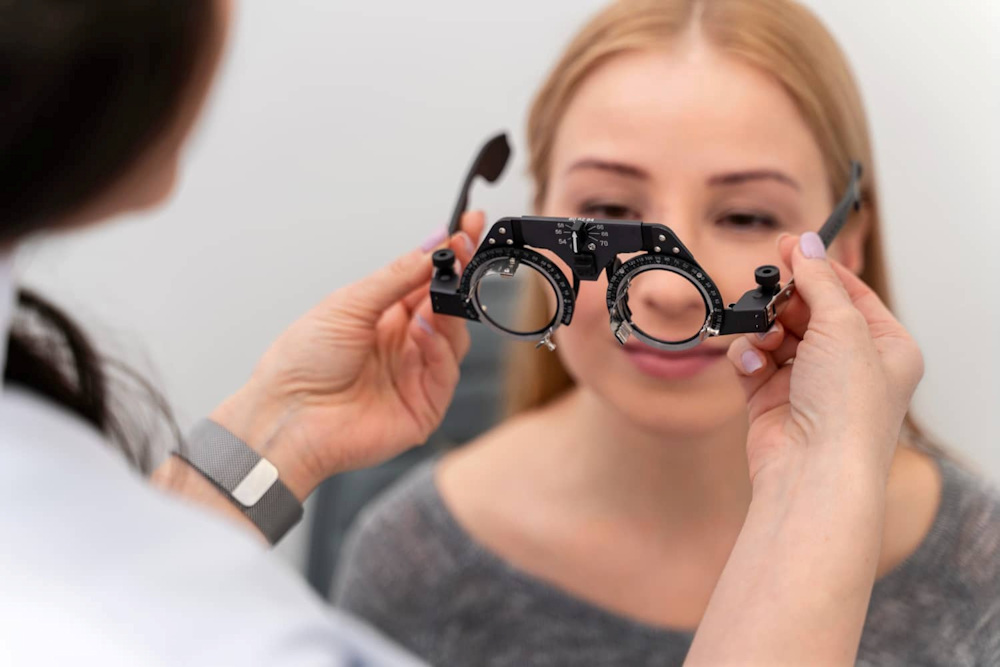
What is General Optometry?
A general optometrist provide vision correction including glasses and contact lenses and performs comprehensive eye exams to detect and prevent sight-threatening conditions such as glaucoma, cataracts, retinal detachment, macular degeneration and more.
What is Behavioral Optometry?
Behavioral Optometry considers your vision in relation to daily visual demands such as reading, computer use, and learning to read and write. It ensures that your vision functions efficiently and comfortably, as vision is not just about clarity but also about how well the eyes work together and process visual information.
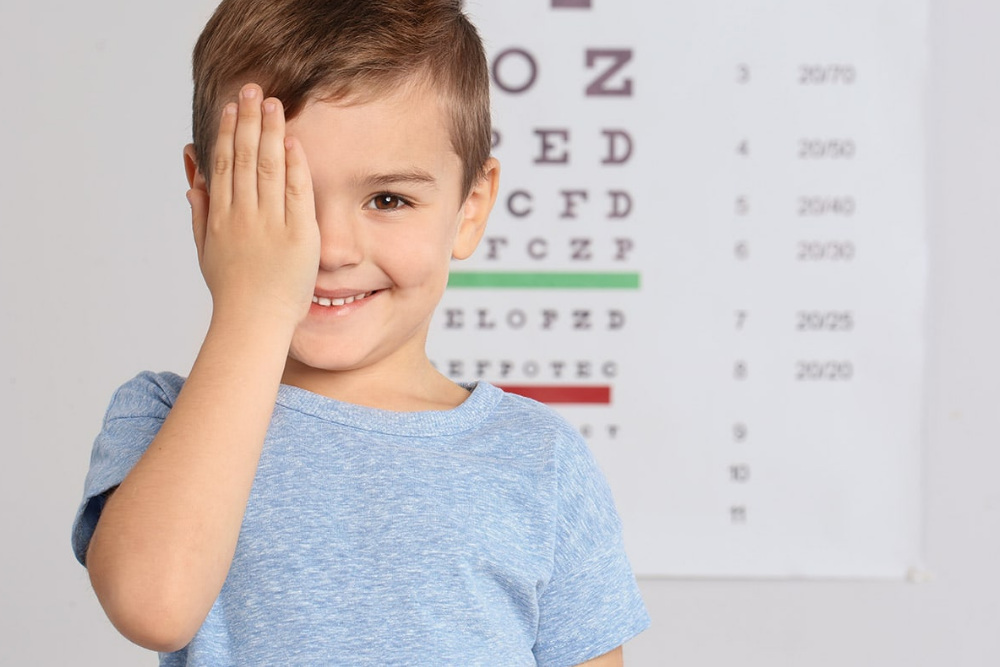
Difference Between a General Optometrist and a Behavioral Optometrist
| ASPECT | GENERAL OPTOMETRIST | BEHAVIORAL OPTOMETRIST |
|---|---|---|
| Main Focus | Eye health and vision correction (glasses/contact lenses). | Eye function, visual efficiency, and processing. |
| Testing Approach | Checks clarity of vision, refraction, and eye health. | Includes additional tests for eye coordination, tracking, and focusing abilities. |
| Target Patients | All ages, typically focusing on refractive errors. | Children, students, athletes, and individuals with learning difficulties or vision-related issues post-injury. |
| Common Treatments | Glasses, contact lenses, and eye health management. | Vision therapy, eye exercises, and specialized lenses for visual efficiency. |
| Learning & Development | Less focus on vision’s impact on learning. | Evaluates how vision affects reading, learning, and daily tasks. |
Are There Different Specialties in Behavioral Optometry?
Yes, some Behavioral Optometrists specialize in areas such as:
Children’s vision
Sports vision
Head injury and stroke rehabilitation
Neurological vision issues
Is Behavioral Optometry Only for Kids?
No, Behavioral Optometry benefits individuals of all ages who want to improve visual efficiency, whether for academic, work, or daily activities.
When Should Children Have an Eye Examination?
Children should have regular eye exams to detect vision problems early, as undiagnosed issues can impact learning and development.
Infants (6-12 months old)
Toddlers (Age 2+)
Preschoolers (Ages 3-5)
School-age children (Ages 6+)
When Should Adults Have an Eye Examination?
Regular eye exams are essential, as many of these conditions show no early symptoms. Early diagnosis, referral, and appropriate treatment can help preserve vision.
Our Advanced Eye Care Technology
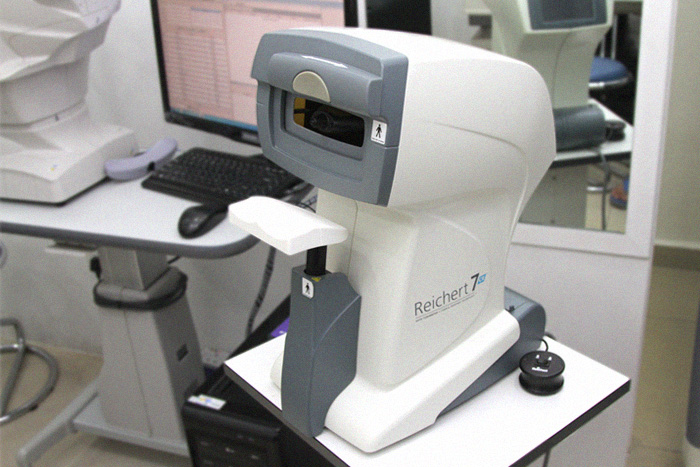
Intraocular Pressure Test
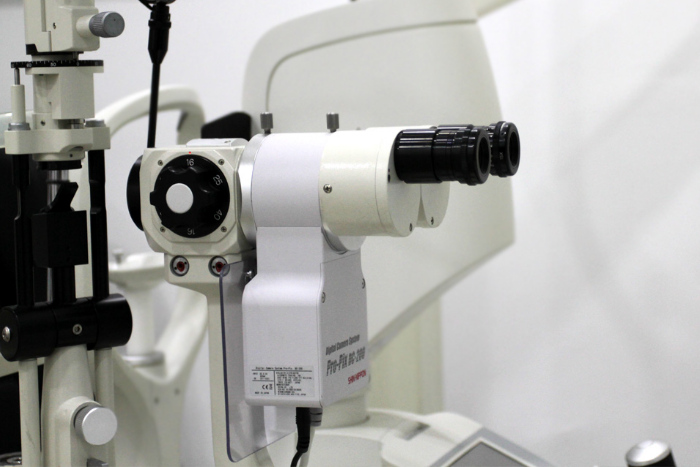
Cornea Screening
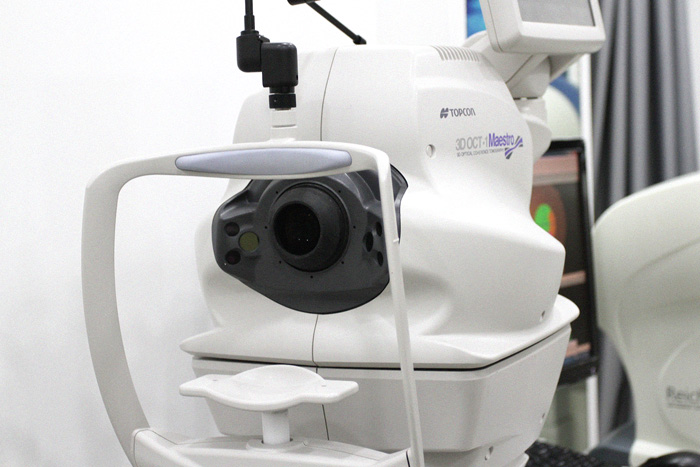
Retina Photography - 3D OCT Scan
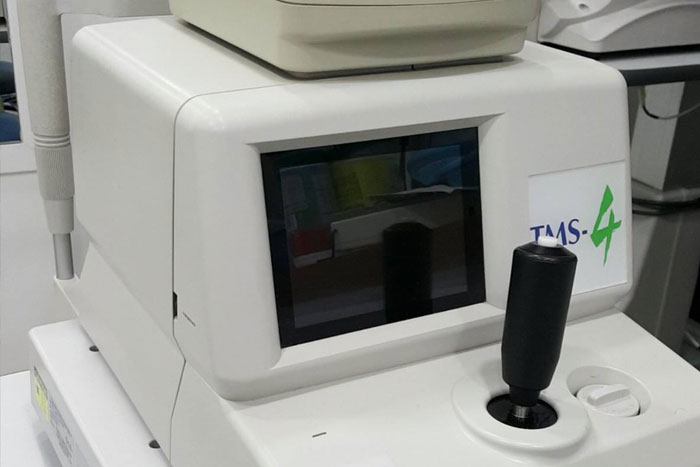
Keratoconus
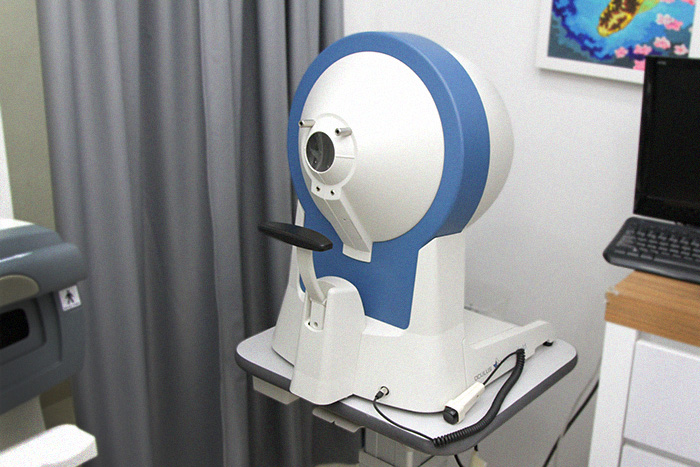
Visual Field
